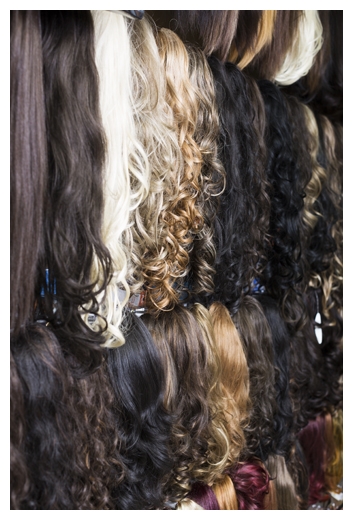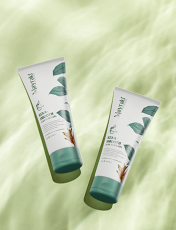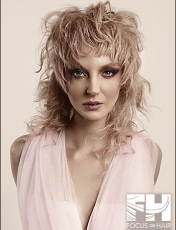
Hair extensions are a great tool for adding volume and overall length, or even for including fun splashes of color that you may not normally do on your natural hair. But with the various types, lengths, colors, and textures of hair that are available not to mention all of the different methods for adding them, how do you know where to start when considering extensions for yourself?
 Why Have Extensions Done
Why Have Extensions Done
There are many reasons for adding hair extensions. They are ideal for those with fine, thin hair or for people who are not able to effectively grow their hair long or thick enough. Hair extensions can even be added to even out your natural density of hair, like if you have certain areas that are finer or thinner than others. They can also help ease the process for growing hair out. To other people, hair extensions are simply a means in which to provide a whole new look. Regardless of reason for having extensions, there’s an option for most everyone.
Types of Hair
Extensions come in all colors, densities and textures from ultra-straight to super curly. Hair extension specialists all agree that it’s always best to match extensions to your natural texture, otherwise you'll have inconsistency in your finished style. Also styling and upkeep can become more difficult. You also don't want to add thick individual strands of hair if yours are naturally fine. You just want more hair that matches your own, so it looks like you have a full head of hair.
There are also many levels of quality for hair, which naturally affects the cost. Synthetic hair is relatively inexpensive, however, this artificial hair cannot have any heat applied. That means no blow drying, flat ironing, curling irons or hot rollers. Nothing with heat. Also, the color of hair that you buy, is the color you get, as regular hair color does not work on them. The plus side is that synthetic hair is not easily affected by humidity and rain.
The other type of extensions makes use of genuine human hair. This hair is gathered from various regions around the world and is processed into hair bundles or wefts for use as extensions. India and parts of China usually provide very thick, in some cases coarse hair, where hair gathered from other parts of Europe can be finer.
There are also types of human hair extensions that provide a higher level of quality. Remy hair is one of those types. The term Remy refers to a method used to manufacture the extensions. The hair is carefully collected and processed so that all strands stay aligned in the natural direction that the hair grows. That way the cuticles all lay in the same direction. This helps minimize tangles and makes styling easier, but naturally makes the hair costlier. A step up from there involves virgin hair, which has not been treated with chemicals. This high-end hair extension is definitely more expensive but is substantially more durable.
 Finding the Right Specialist
Finding the Right Specialist
The first step with getting hair extensions added is to find a reputable hair extension specialist in your area. This is a critical step and is where you need to do your research. Look into reviews, watch their social feeds, talk with references, inquire about certifications and even published work, whatever it takes to get a good idea if they know what they are doing. When you have narrowed down to the top few specialists in your area, ask for a consultation for each, and ask a lot of questions during that salon visit. Those questions should include what types of installation methods each specialist does, how they choose and source hair, where that hair is from geographically. Also ask what form of installation and quality of hair they suggest for you and your desired results. Once they have a good understanding why you are having extensions added and what your goals are, then they should be able to price what it will take to complete the look for you.
Don't forget to ask about upkeep, how often you need to come back into the salon and what's involved with each visit including price. Also inquire what's involved on your end for daily upkeep. Not everybody is willing to put in the same amount of work that it takes to keep up extensions. If you don't do your part on a daily basis, and take the hair extension specialist's advice about how often to come into the salon, then hair extensions may not be for you.
There are many types of application methods for hair extensions each having its own benefit. Extensions can be braided, sewn, glued, fused, taped, crimped, or woven into your natural hair or in the case of a one-time need, they can also be clipped or temporarily placed in. Based on your desired outcome, the longevity you seek, and your lifestyle, and taking into consideration the length, texture and density of your natural hair, a reputable hair extension specialist will recommend an application method for you. Just make sure that the person you choose is offering a method or a quality of hair because it's best for you, your budget and your lifestyle, not because it's all they offer.







